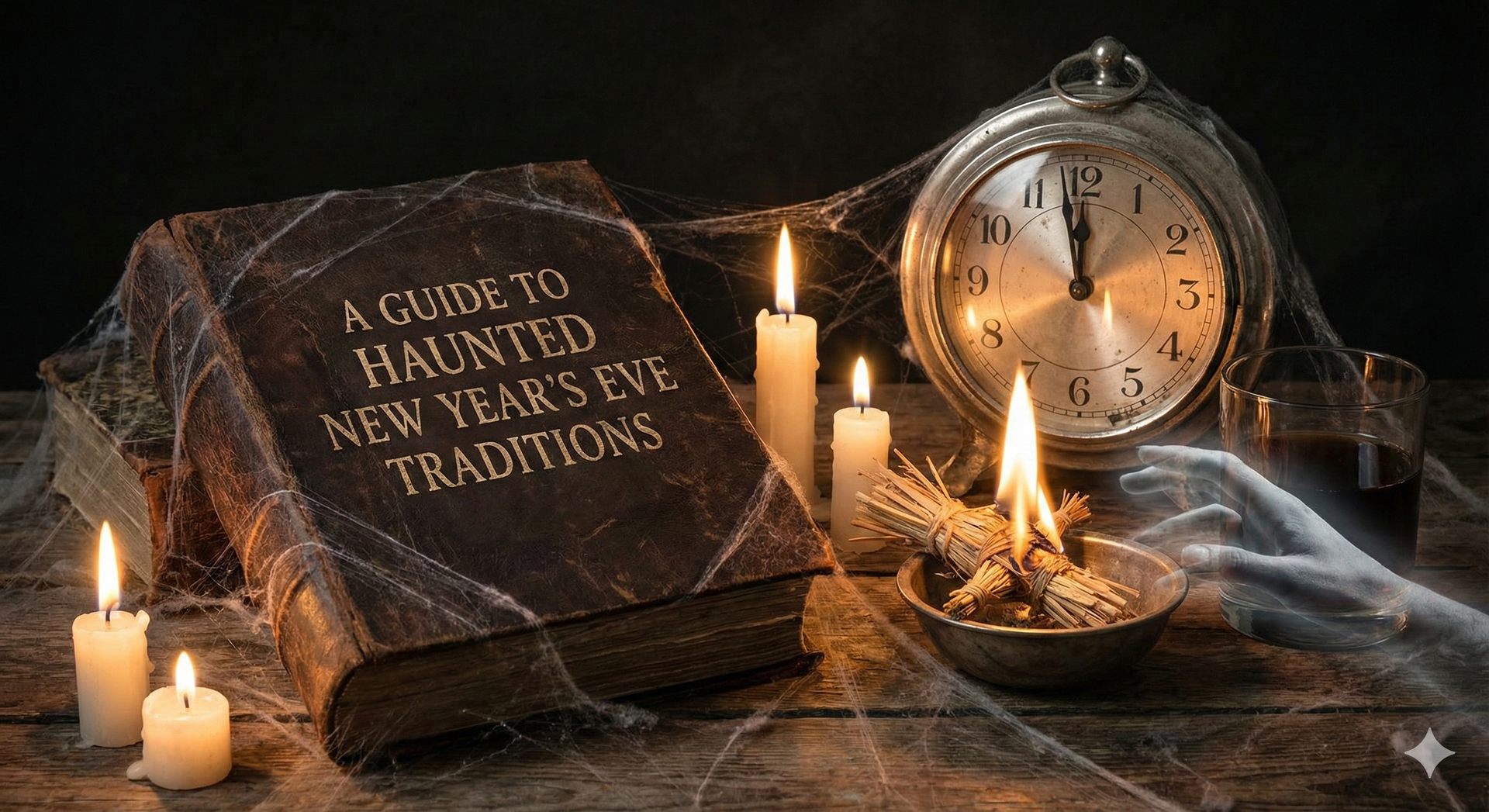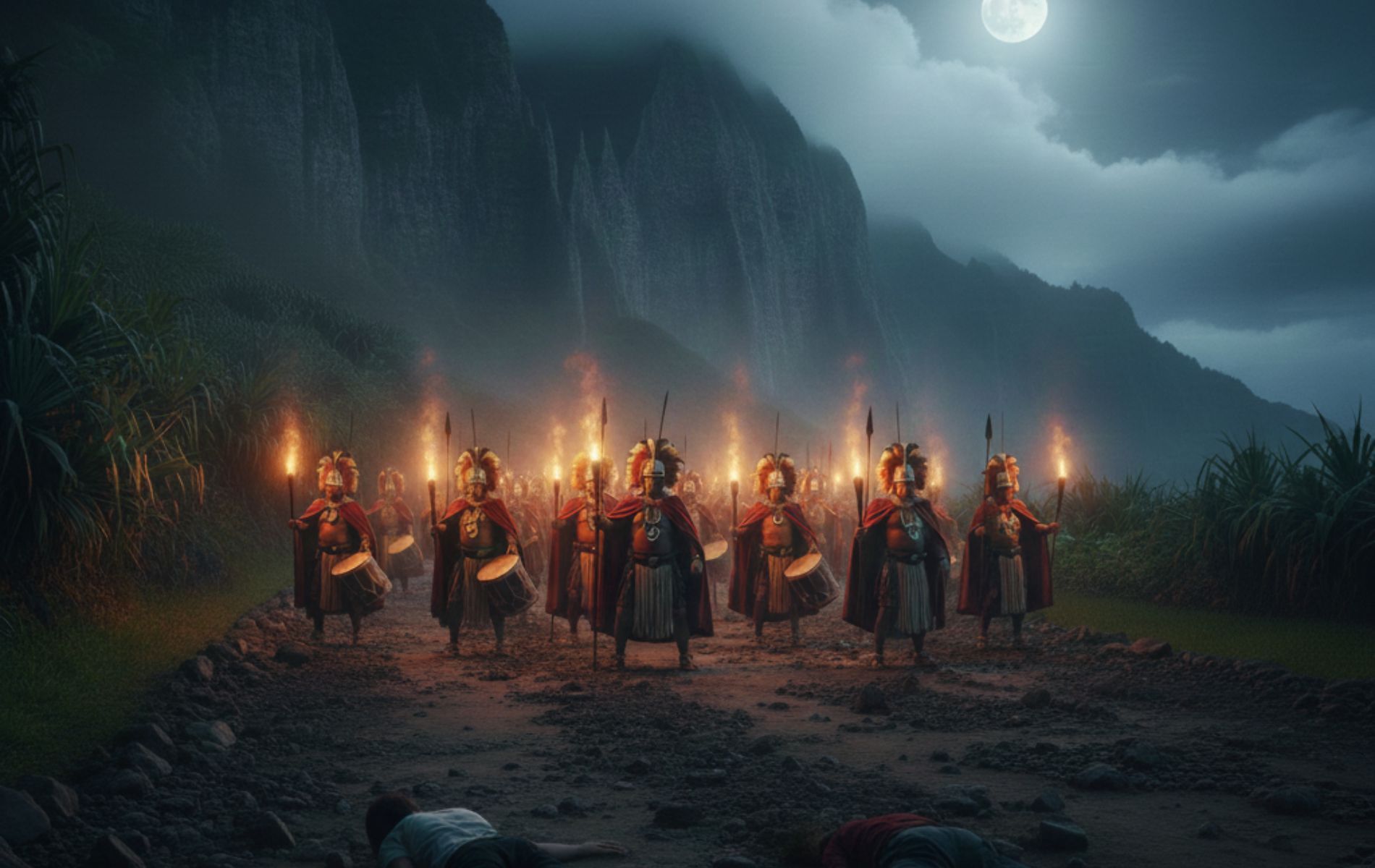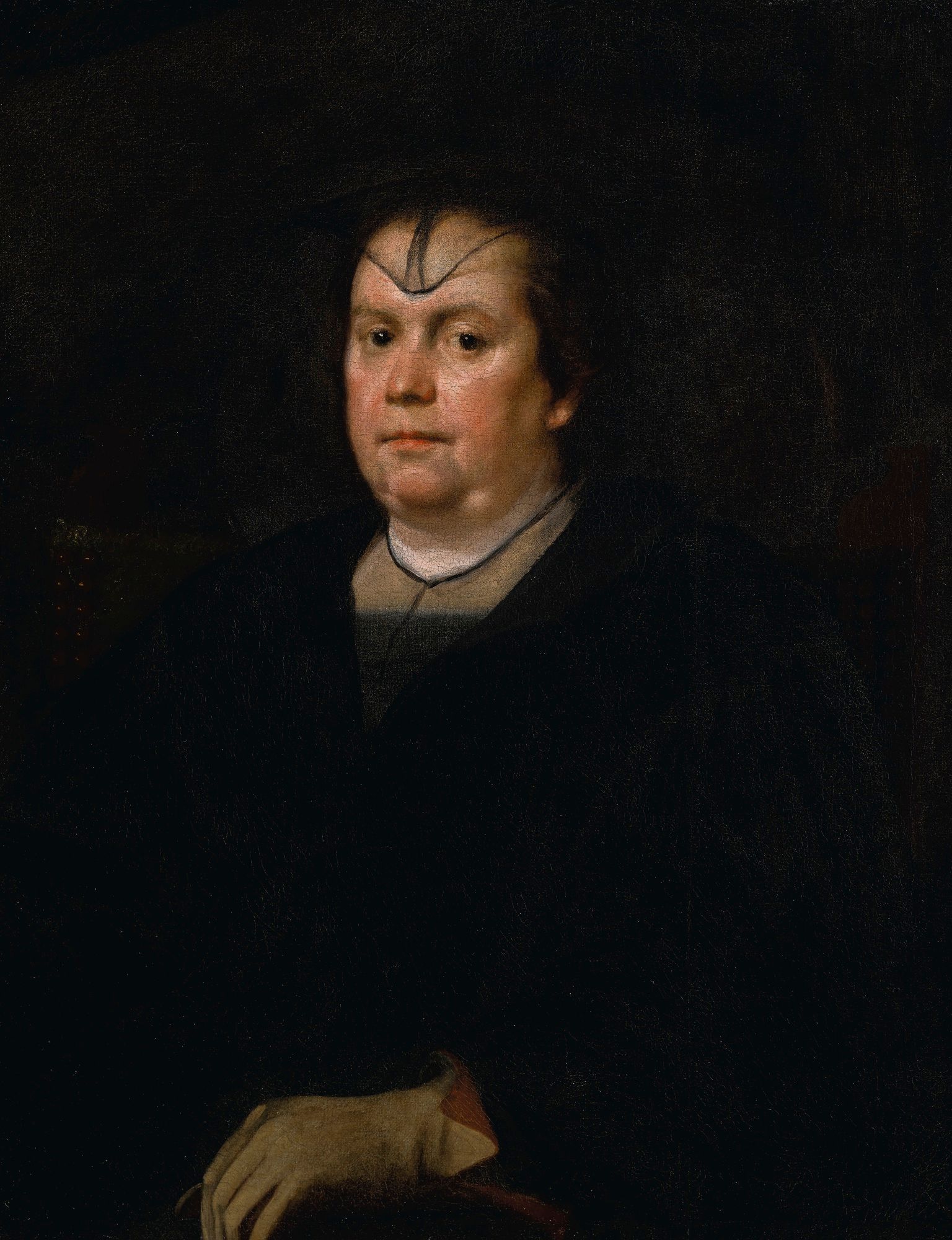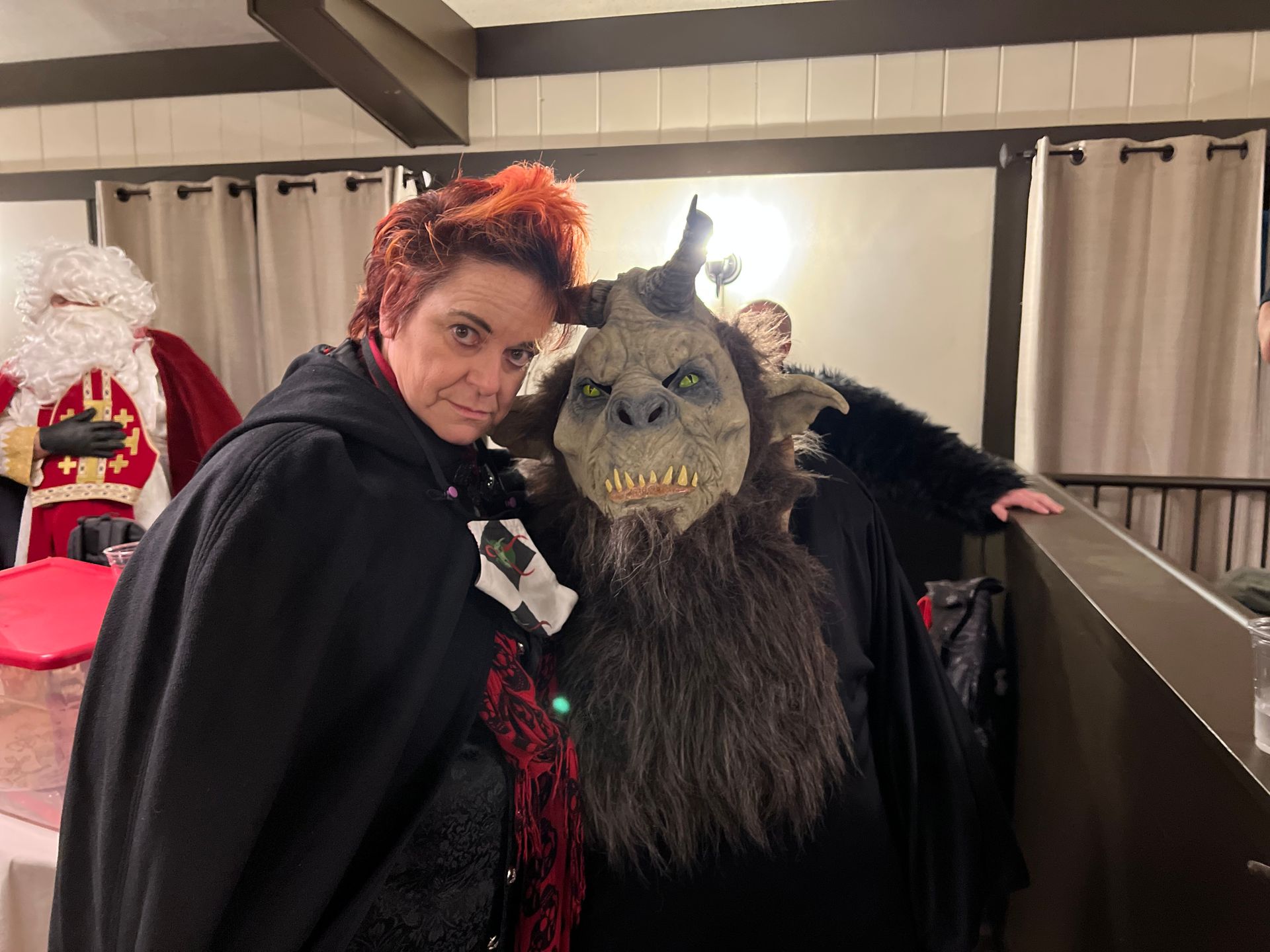The Sunset Strip Killers: How Doug Clark and Carol Bundy Turned Hollywood Dreams into Nightmares
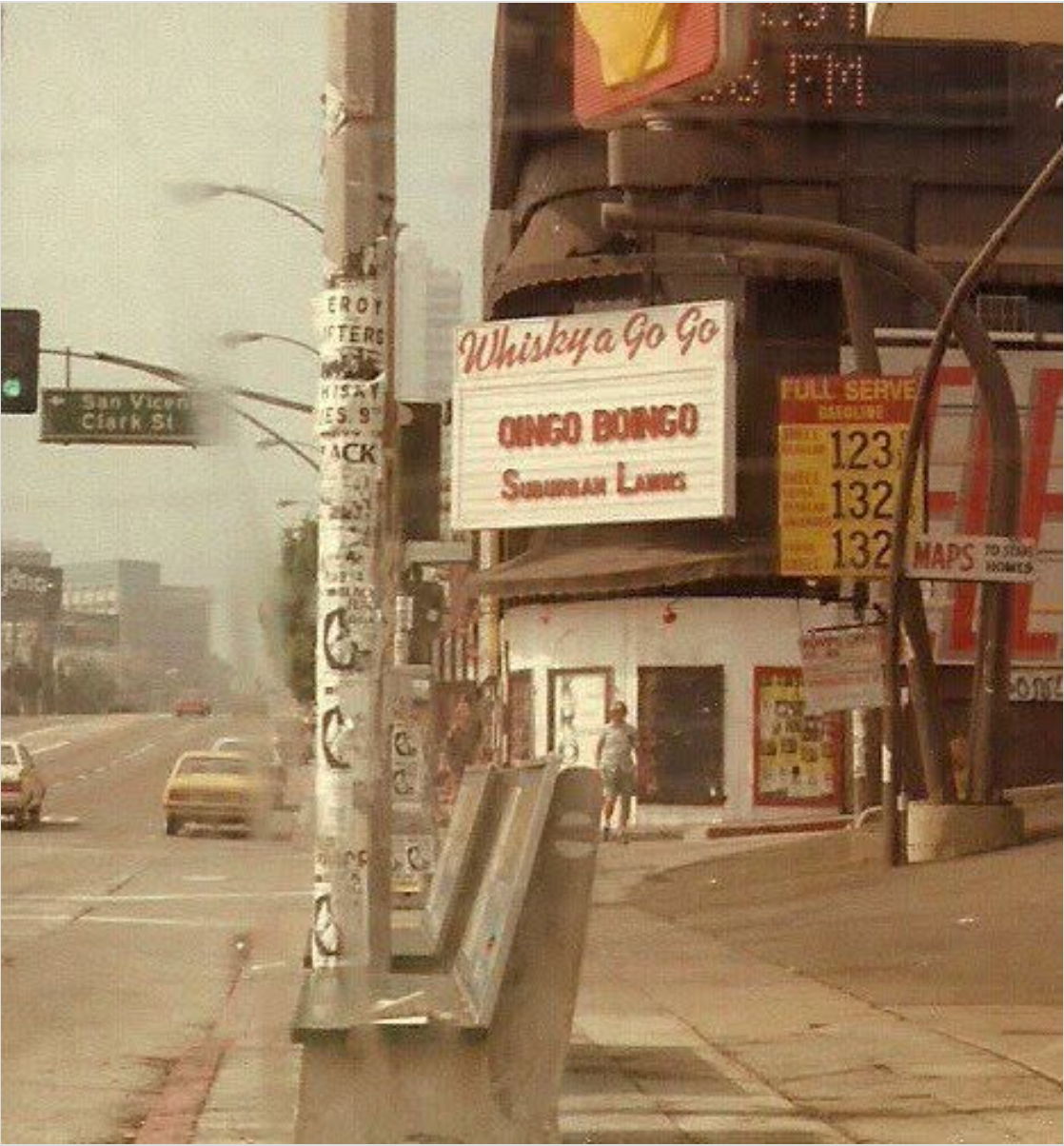
The Sunset Strip in the summer of 1980 was alive with energy. Neon lights glowed over the legendary clubs of West Hollywood. Bands fought for fame at the Whisky a Go Go and The Roxy. Tourists snapped photos under billboards for the next big movie. And on warm nights, the sidewalks filled with a mix of dreamers, drifters, and the desperate — including sex workers and runaway teens chasing survival in the city of stars.
But amid the music and bright lights, something far darker prowled those streets. That year, Los Angeles would fall under the shadow of a killing spree so depraved it would shock even seasoned detectives. And unlike many serial murder cases, this one didn’t involve a lone predator.
The killers were a couple, Doug Clark and Carol Bundy, whose twisted relationship turned into a partnership in torture and murder. Their crimes would earn them the name The Sunset Strip Killers, and their legacy still haunts the city more than four decades later.
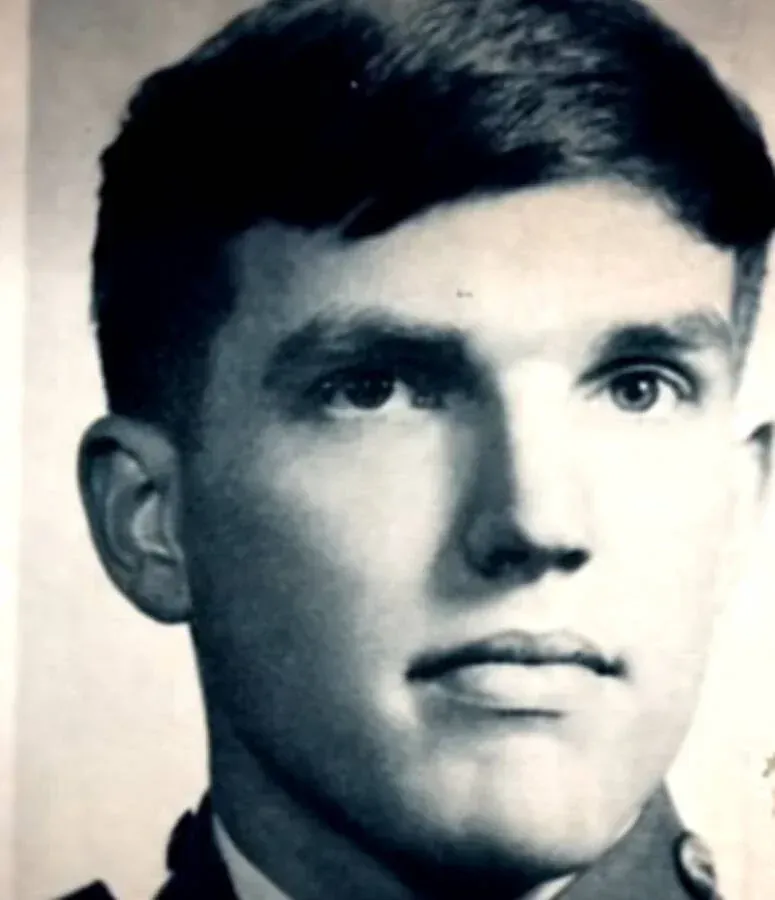
A Match Made in Hell
Doug Clark’s life began in privilege. Born in 1948, the son of a Naval Intelligence officer, he grew up as what’s known as a “military brat,” moving frequently between countries, including Switzerland, India, and the Marshall Islands. He attended elite schools, lived in comfortable homes, and never wanted for material things. But beneath the respectable exterior was a disturbing streak.
As a teenager, Clark secretly recorded his sexual encounters without consent. Over time, his fantasies escalated, first to power games, then sadomasochism, and eventually to the darkest desires imaginable: mutilation, murder, and necrophilia.
By the late 1970s, Clark was drifting through life in Los Angeles, taking short-term jobs in factories and steam plants, spending his nights in country bars and nightclubs. He was a practiced manipulator, targeting lonely older women who could provide him with money, housing, or both.
On Christmas Day 1979, Clark walked into a North Hollywood bar and met the woman who would become his partner in crime: Carol Bundy.
Bundy was 37, a vocational nurse, and newly divorced. Her life had been shaped by trauma, an abusive father, multiple failed and violent marriages, and a desperate need for affection and security. She was at the bar that night to see an old flame, country singer John Murray, perform. But once she met Clark, her life took a grim new path.
Within weeks, Clark had moved into Bundy’s apartment, bringing not just his charm but his dark fantasies.
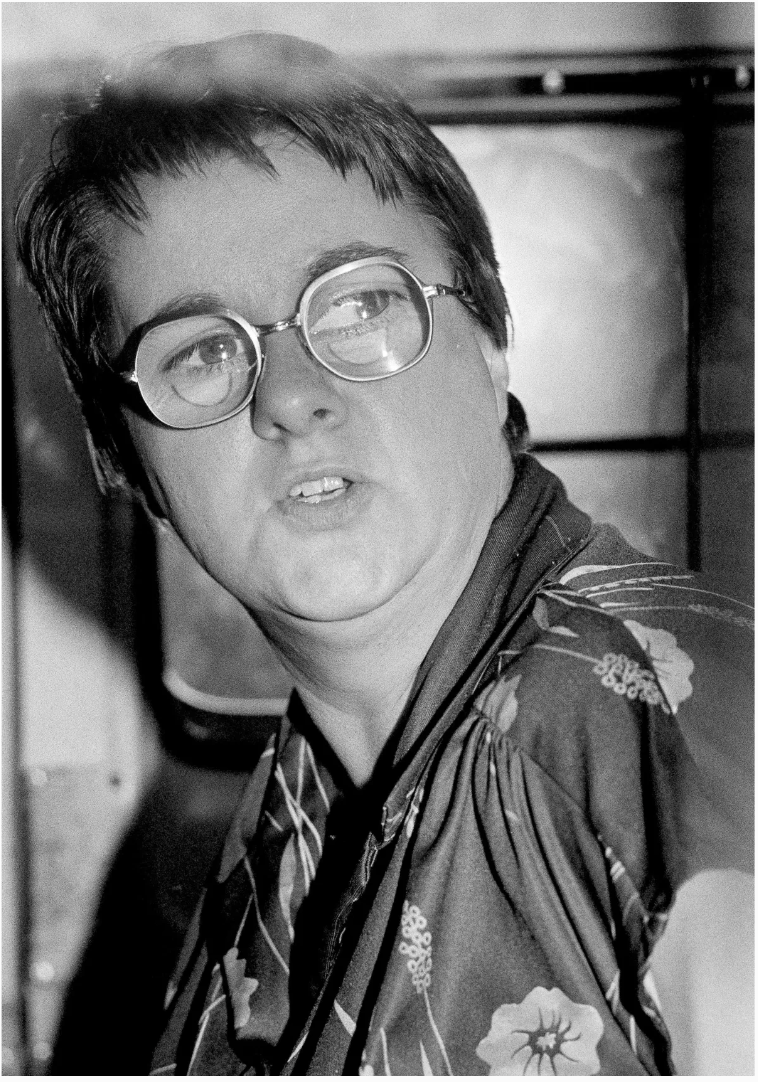
From Dark Desires to Deadly Acts
Bundy was soon immersed in Clark’s sexual appetites. He introduced her to sadomasochistic practices, pushed her boundaries, and conditioned her to accept, and even enjoy, what once might have repelled her.
Their relationship quickly turned predatory. Clark began bringing sex workers home for threesomes. Then he set his sights on the couple’s 11-year-old neighbor. Rather than stopping him, Bundy helped lure the girl inside, where she posed for pornographic photos. This horrifying abuse erased any remaining moral line.
Clark confided his ultimate fantasy: killing a woman during intercourse, so he could feel her body tighten as she died. Instead of leaving, Bundy bought him two pistols.
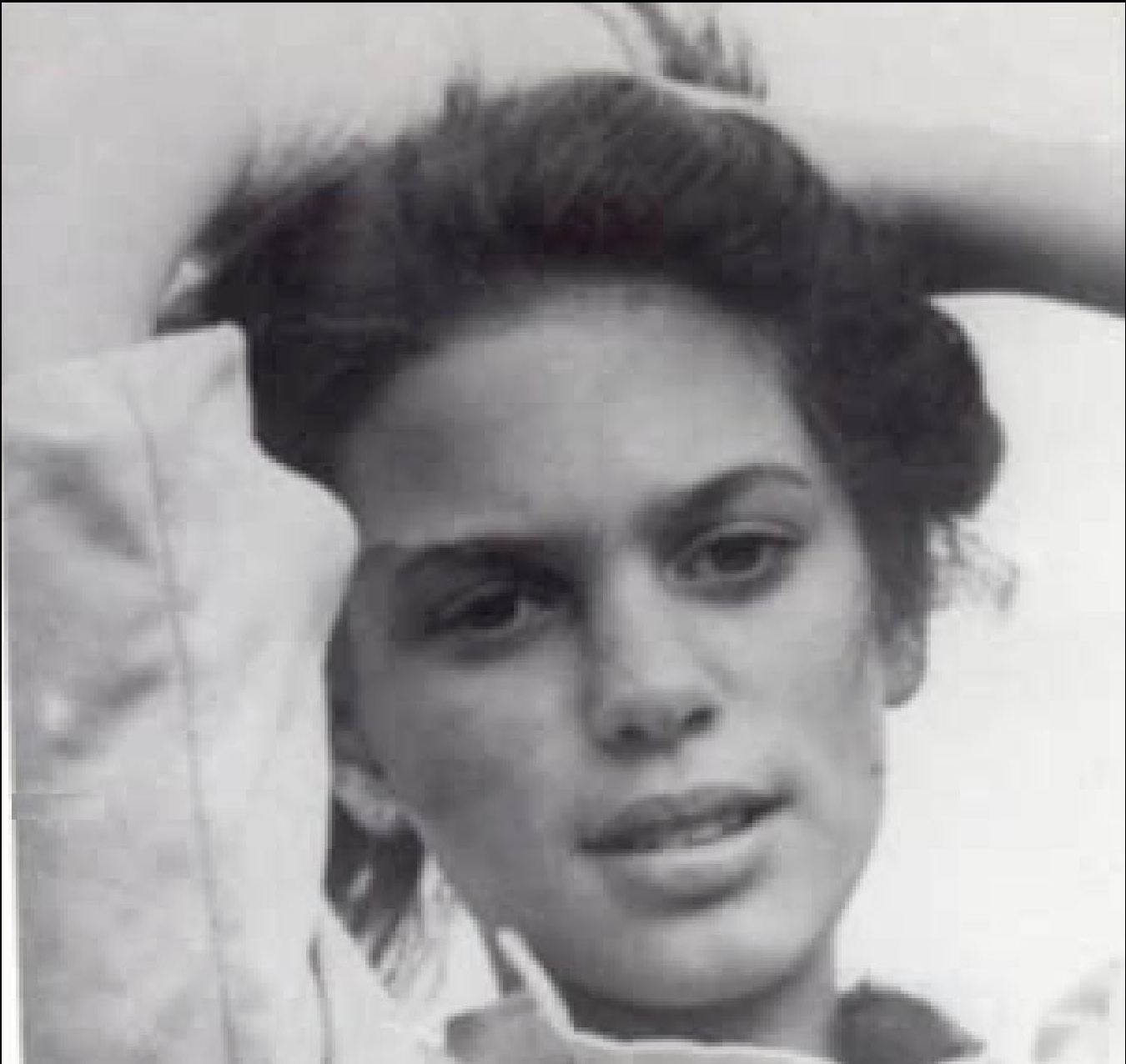
The Summer of 1980: A Trail of Death
The murders began in June 1980. Clark picked up two teenage runaways, 15-year-old Gina Marano and 16-year-old Cynthia Chandler, from the Sunset Strip. At gunpoint, he forced them to perform sex acts, then shot them both in the head. Their bodies were found near the freeway, and evidence suggested Clark had violated them postmortem.
A week later, Clark murdered two sex workers, 24-year-old Karen Jones and 20-year-old Exxie Wilson. This time, the horror deepened. Clark decapitated Wilson and kept her head in a refrigerator. Bundy applied makeup to the severed head, treating it like a grotesque doll, before Clark used it for sexual gratification. When they were finished, they placed the head in a wooden box and abandoned it in an alley.
Another victim, 17-year-old runaway Marnette Comer, was found mummified in a ravine weeks later. Clark is also suspected in the murders of multiple unidentified women, including the “Newhall Jane Doe” and “Valencia Jane Does.” In each case, the victims had been shot in the head, often during or immediately after sexual activity, and sometimes mutilated after death.
Bundy’s Solo Kill
While Clark committed most of the murders, Bundy proved she could kill without him. In August 1980, she reconnected with her former lover, John “Jack” Murray, the same man performing the night she first met Clark. Accounts differ on her motives. Some say she feared Murray would go to police after she told him about the murders. Others believe she killed to prove her devotion to Clark.
Whatever the reason, Bundy lured Murray to his van, shot him in the head, stabbed him repeatedly, and decapitated him. Murray’s head was never recovered.

The Confession That Broke the Case
Two days after killing Murray, Bundy broke down at work and confessed to her fellow nurses. They alerted authorities, and on August 11, 1980, both she and Clark were arrested.
In custody, Bundy detailed their crimes, implicating Clark in multiple murders. Clark chose to represent himself in court, using his allotted time in the prison law library to craft motions and delay the trial. But when it came time for the verdict, the jury wasn’t swayed.
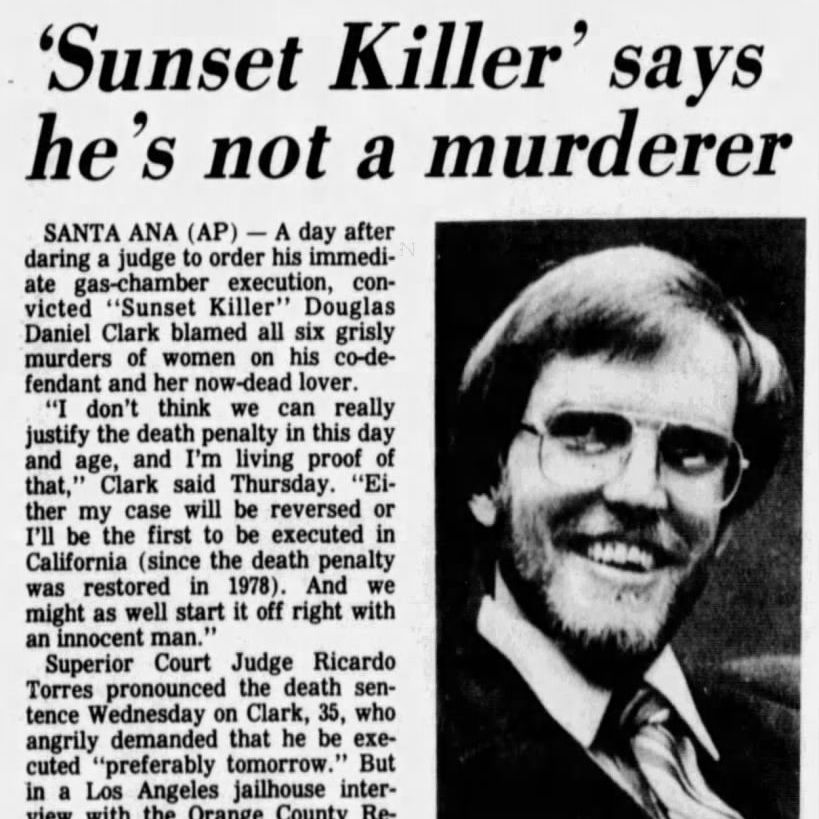
Sentencing and Aftermath
Doug Clark was convicted of six murders, one attempted murder, and sexual contact with human remains. He was sentenced to death in 1983 and sent to San Quentin’s death row, where he remained until dying of natural causes in 2023 at the age of 75.
Carol Bundy struck a plea deal, admitting to two murders in exchange for testifying against Clark. She was sentenced to 52 years to life and died in prison in 2003 from heart failure.
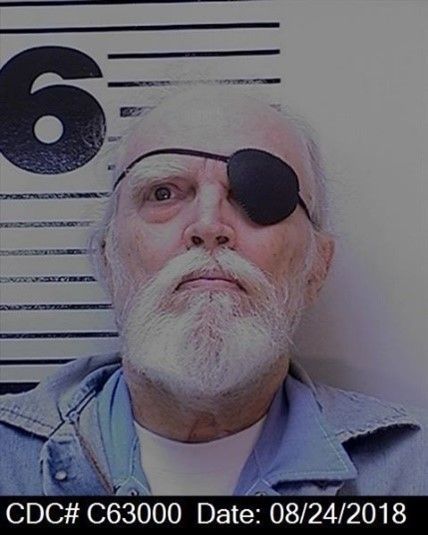
Why This Case Still Horrifies
The Sunset Strip Killers’ crimes stand out not just for their brutality, but for the psychological dynamic between Clark and Bundy. Experts note that Clark exploited Bundy’s history of abuse and vulnerability, isolating her from others and reshaping her moral boundaries until she would do anything for him.
Former FBI profiler Robert Hazelwood described such relationships as a cycle of dominance and submission: the dominant partner manipulates, seduces, isolates, and punishes until the submissive partner’s identity becomes entwined with the relationship, no matter how destructive.
The Shadow Over the Strip
Today, the Sunset Strip is once again a destination for music, nightlife, and celebrity sightings. But for those who remember the summer of 1980, the neon lights also recall the darkness that once hunted here.
The story of Doug Clark and Carol Bundy is a reminder that sometimes the most dangerous predators don’t work alone, and that the wrong partnership can magnify evil to its deadliest extremes.

